Archives
- 2025-11
- 2025-10
- 2025-09
- 2025-04
- 2025-03
- 2025-02
- 2025-01
- 2024-12
- 2024-11
- 2024-10
- 2024-09
- 2024-08
- 2024-07
- 2024-06
- 2024-05
- 2024-04
- 2024-03
- 2024-02
- 2024-01
- 2023-12
- 2023-11
- 2023-10
- 2023-09
- 2023-08
- 2023-06
- 2023-05
- 2023-04
- 2023-03
- 2023-02
- 2023-01
- 2022-12
- 2022-11
- 2022-10
- 2022-09
- 2022-08
- 2022-07
- 2022-06
- 2022-05
- 2022-04
- 2022-03
- 2022-02
- 2022-01
- 2021-12
- 2021-11
- 2021-10
- 2021-09
- 2021-08
- 2021-07
- 2021-06
- 2021-05
- 2021-04
- 2021-03
- 2021-02
- 2021-01
- 2020-12
- 2020-11
- 2020-10
- 2020-09
- 2020-08
- 2020-07
- 2020-06
- 2020-05
- 2020-04
- 2020-03
- 2020-02
- 2020-01
- 2019-12
- 2019-11
- 2019-10
- 2019-09
- 2019-08
- 2019-07
- 2019-06
- 2019-05
- 2019-04
- 2018-07
-
Because ASK signaling in microglia and astrocytes is importa
2024-09-10
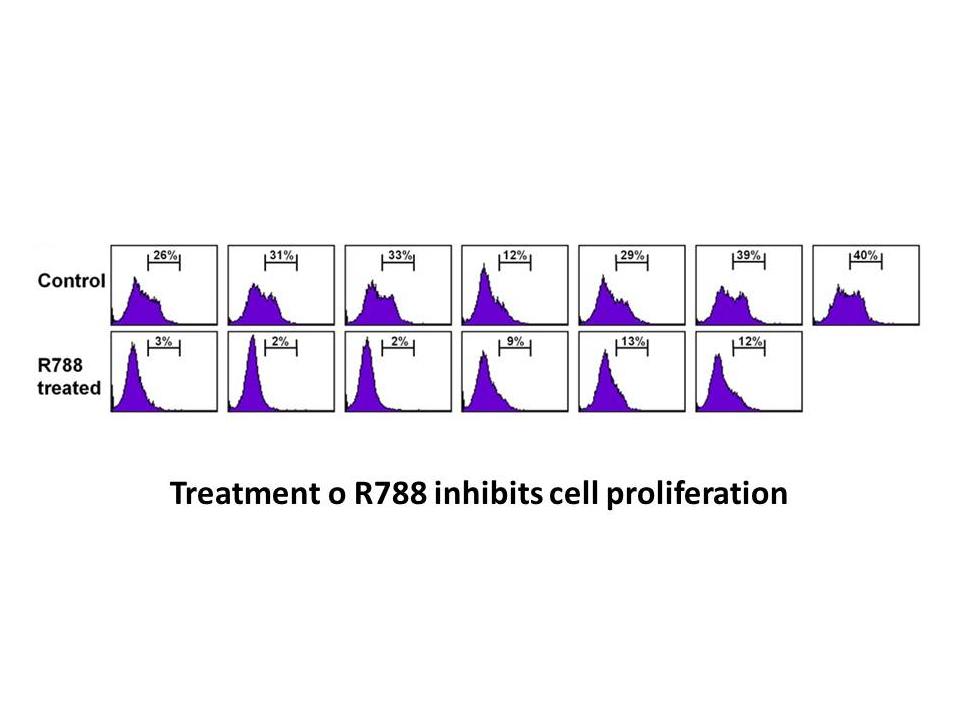
Because ASK1 signaling in microglia and astrocytes is important during EAE, we hypothesized that a combination therapy that targets T cells along with microglia and astrocytes would further ameliorate the severity of EAE. We tested this hypothesis by applying valproic papain (VPA)—a short-chain fatt
-
br Materials and methods br Results br Discussion Recently
2024-09-10
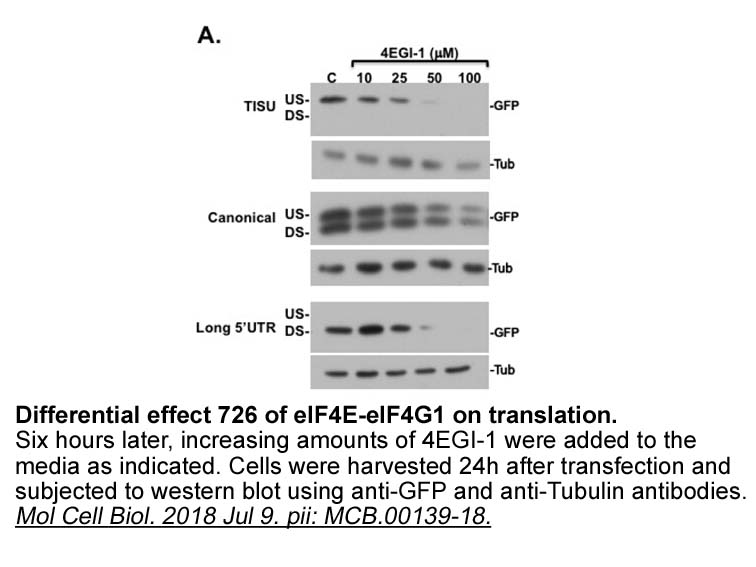
Materials and methods Results Discussion Recently, we showed that stimulation of TRPM3 and TRPC6 channels triggers a signaling cascade leading to the activation of AP-1 [11], [12], [13], [15]. The objective of this study was to investigate whether stimulation of TRPV1 channels leads to an a
-
Previous studies have indicated that maximal IL
2024-09-10
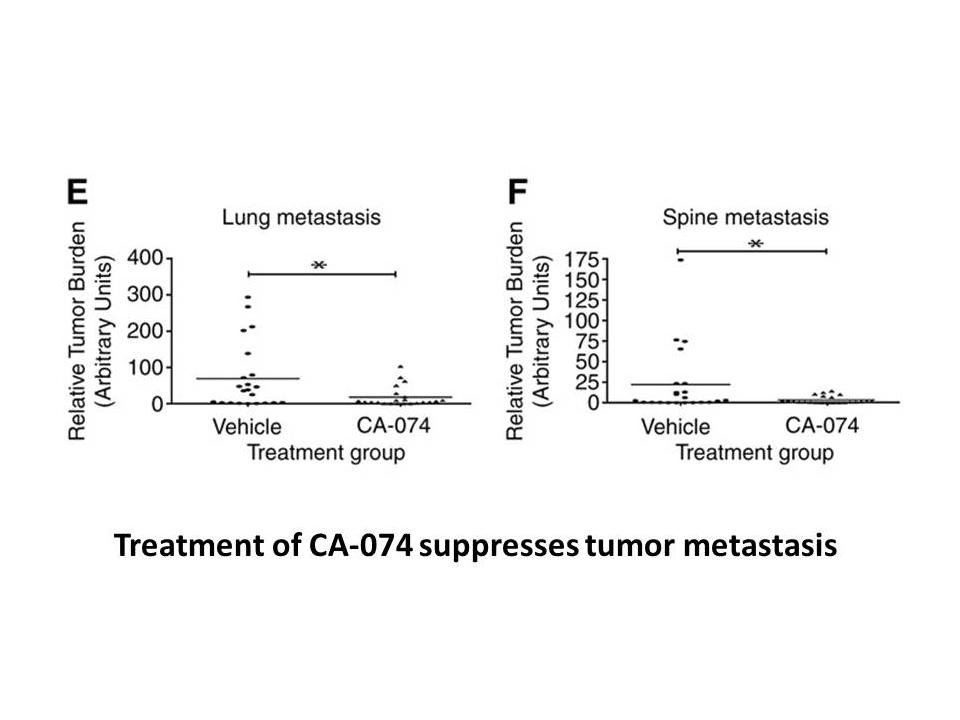
Previous studies have indicated that maximal IL-8 protein hexokinase inhibitor requires NF-κB activation as well as the activation of the MAP kinases ERK, JNK, and p38 (Li et al., 2002). In our study, NF-κB inhibitor can reduce the up-regulated IL-8 production by PRRSV infection, indicating that PR
-
br Mechanism of action In general
2024-09-10
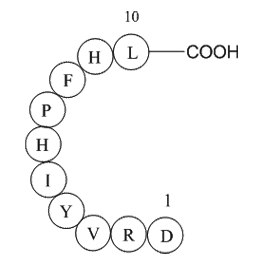
Mechanism of action In general, the main targets for antifungal drug development are cell wall polymer (glucans, chitin, mannoproteins), cell membrane (especially ergosterol) biosynthesis, DNA and protein synthesis (topoisomerases, nucleases, elongation factors and myristoylation), and signal tra
-
Based on the general structure function principle in biology
2024-09-10

Based on the general structure-function principle in biology [[19], [20], [21]], toxic oligomers are expected to have well-defined three-dimensional structures to carry out their pathological functions. A common amyloid toxicity mechanism also suggests that toxic oligomers of different amyloid prote
-
br Concluding Remarks and Future Perspectives While postmort
2024-09-10
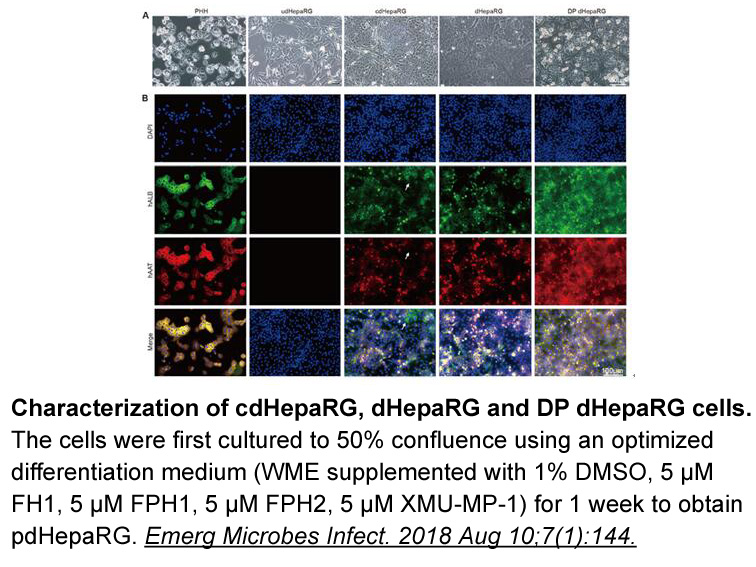
Concluding Remarks and Future Perspectives While postmortem human N1-Methylguanosine-5'-Triphosphate australia material is relatively sparse and has inherent limitations as discussed above, additional investigations could benefit from analysis of in vitro cellular models to corroborate findings
-
br Experimental section br Results and discussion br
2024-09-09
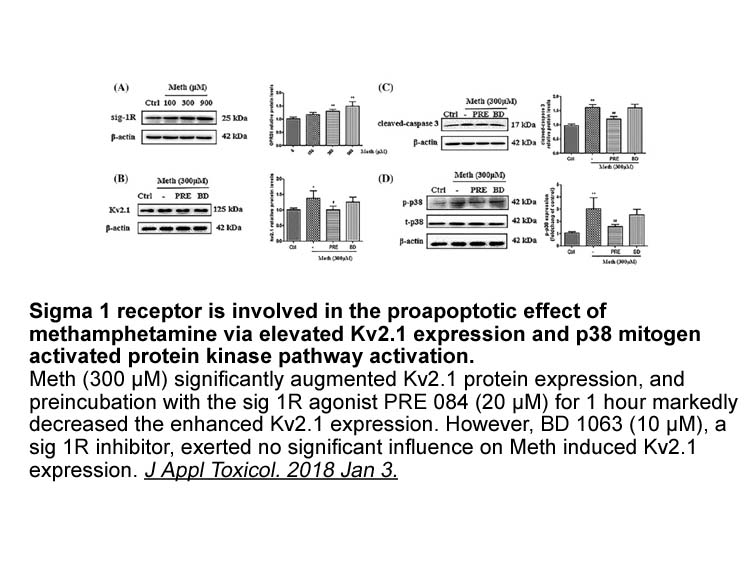
Experimental section Results and discussion Conclusion Acknowledgements This work was financially supported by Recruitment Program of Global Experts, and the Director Foundation of XTIPC, CAS, Grant No. 2015RC011. This work was also financially supported by Natural Science Foundation of
-
In this study an in vitro AChE inhibition assay combined
2024-09-09
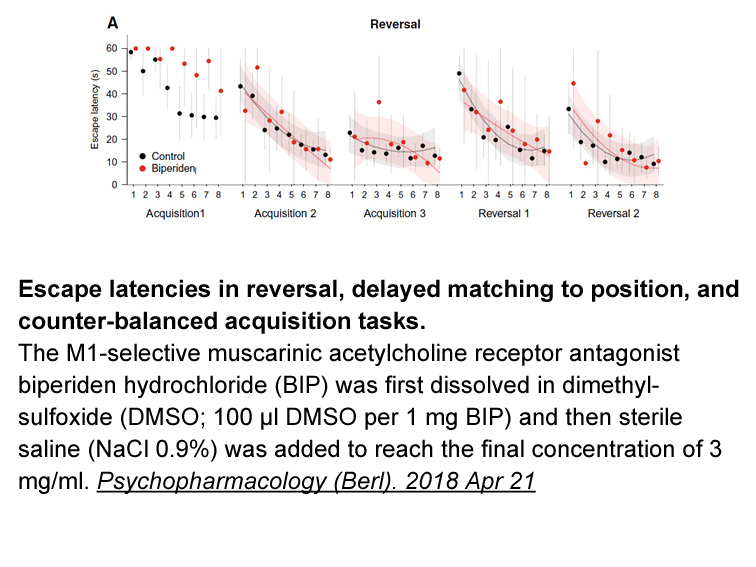
In this study, an in vitro AChE inhibition assay combined with UF-HPLC-ESI-Q-TOF/MS method was developed for rapid screening and identification of AChEI from the roots of C. chinensis Franch. Five compounds was found with AChE inhibitory activity and identified by the on-line DAD-ESI-Q-TOF/MS compar
-
Matthew et al synthesized and carried out
2024-09-09
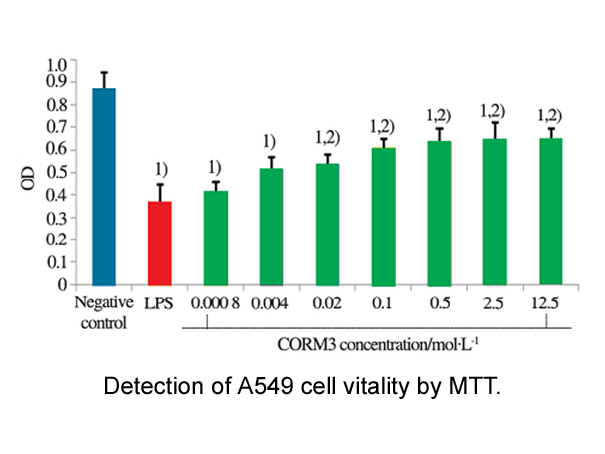
Matthew et al. synthesized and carried out SAR studies of imidazo-[1,2-a]-pyrazine as Aurora kinase inhibitors with enhanced kinase selectivity and found that Bioactive Compound Library 39 showed optimal potency on Aurora-A and Aurora-B with IC50 value of 4 nM and 13 nM while on phosphorylation his
-
In this study we observed the ATPase activity of
2024-09-09
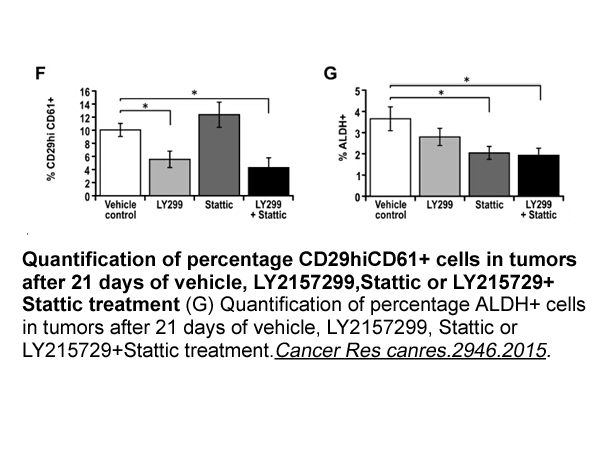
In this study, we observed the ATPase activity of RaGroEL at various temperatures and metal ions conditions and the role of GroES in the ATPase activity of RaGroEL. Furthermore, we quantified the expression of groEL genes under different abiotic stresses, including temperature, pH, salt and oxygen s
-
br Author contributions br Acknowledgments TJC KW and
2024-09-09
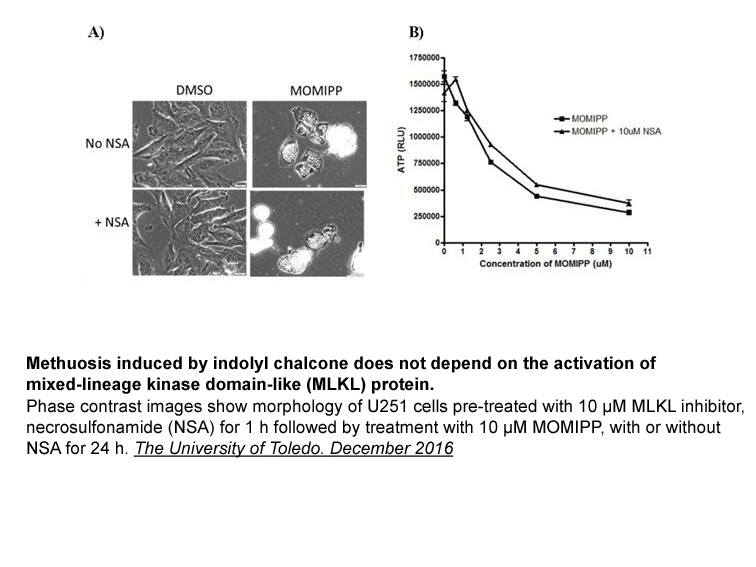
Author contributions Acknowledgments TJC, KW, and VG are supported by awards made to MJN: a Consolidator Grant from the European Research Council under Grant no. 311336; a University Research Fellowship from the Royal Society, and a Career Development Award from the Human Frontiers Science Pro
-
Introduction The burden of cardiovascular disease CVD is und
2024-09-09
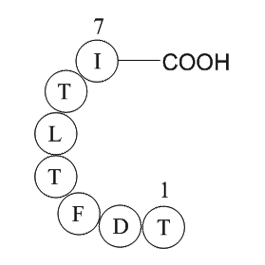
Introduction The burden of cardiovascular disease (CVD) is undisputed, accounting for approximately a third of global deaths (17.5 million people in 2012) (WHO, 2012). Atherosclerosis leads to the development of coronary heart disease (CHD) which accounts for more than 40% of these deaths (WHO, 201
-
ML385 sale Thus far a tight coupling has been observed betwe
2024-09-09
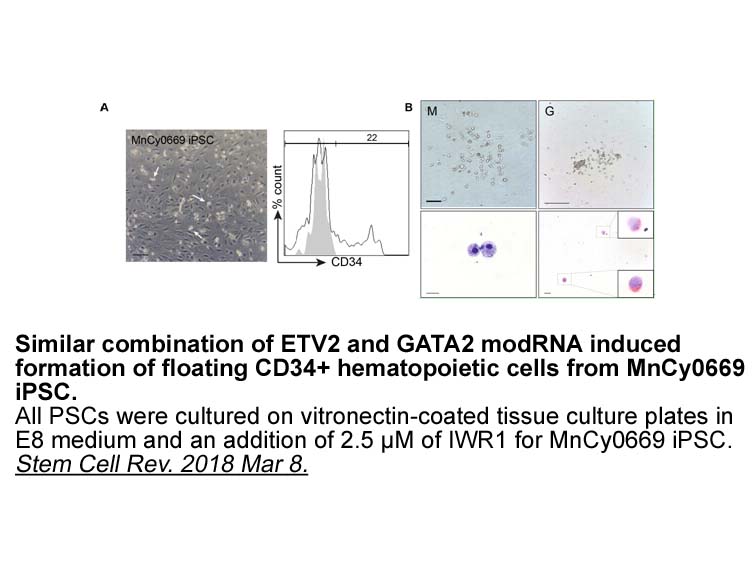
Thus far, a tight coupling has been observed between mAbs that target aggregated Aβ and the occurrence of ARIA. If ARIA-E is caused by increased trafficking to and clearance of fibrillar Aβ from cerebral vessels (20), mAbs could be designed with conformationally specific epitopes selective for solub
-
Structural and functional imaging studies
2024-09-09
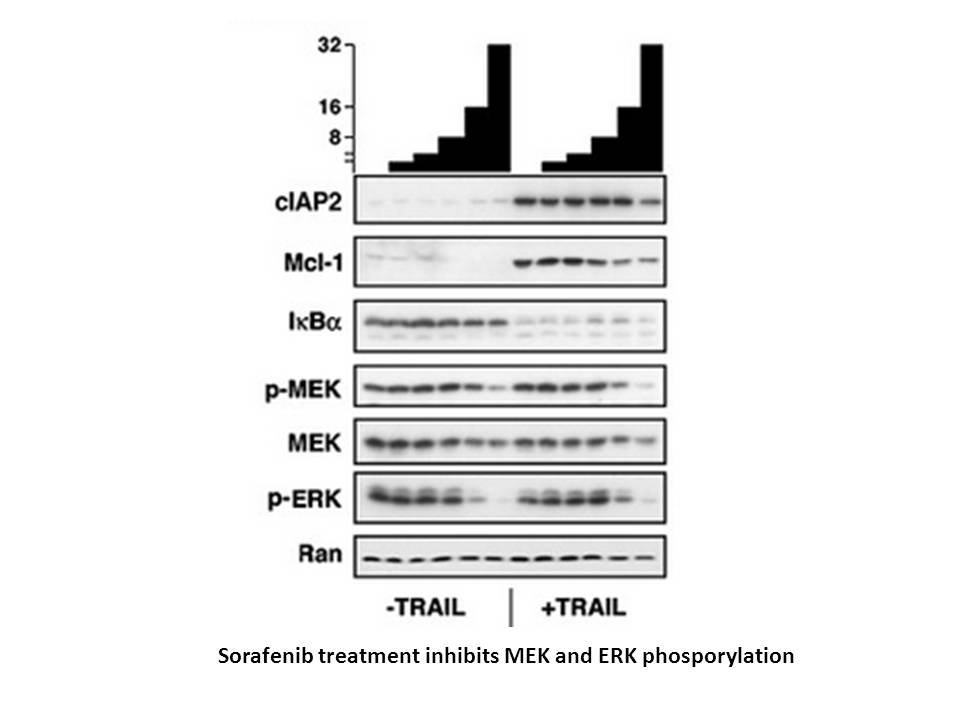
Structural and functional imaging studies searching for specific cortical areas related to each cognitive function domain have provided clues to the spreading patterns of cognitive dysfunction (Domoto-Reilly et al., 2012, Firbank et al., 2016, Li et al., 2012, Machulda et al., 2003, Mandal et al., 2
-
Neural activity resulting from sensory experience is
2024-09-06
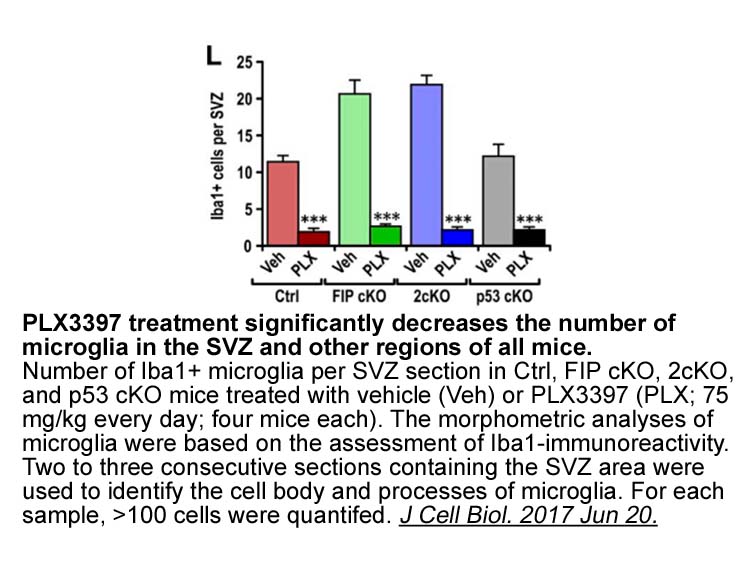
Neural activity resulting from sensory experience is required for the refinement and maturation of neural circuits during cortical critical periods. This refinement is thought to be important for functional optimization of primary sensory cortices, enabling critical functions such as feature detecti
15350 records 87/1024 page Previous Next First page 上5页 8687888990 下5页 Last page